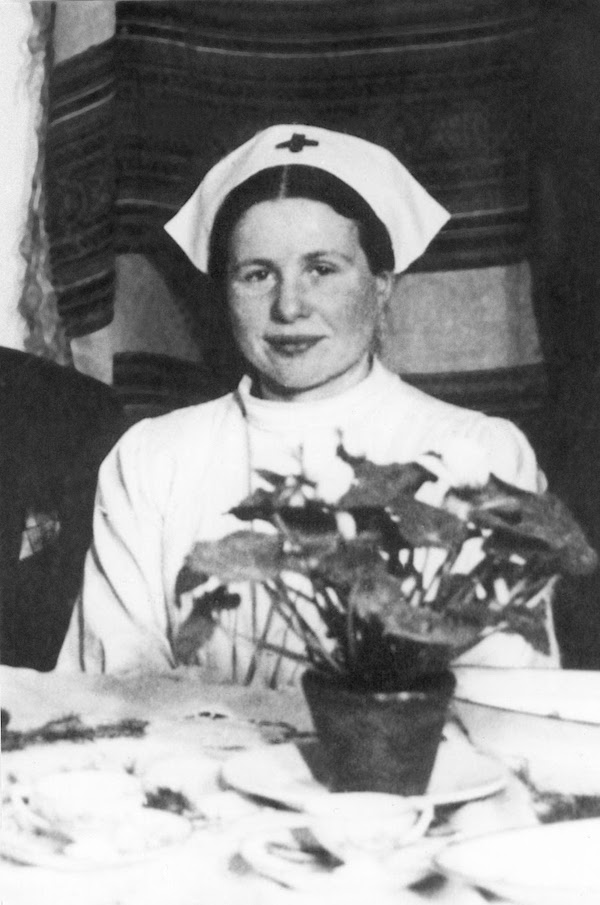
GLEN COVE — There are numerous stories of Catholics from Nazi-occupied countries who put themselves at risk to save the lives of Jewish people, said Jolanta Zamecka, vice chair of the Holocaust Memorial and Tolerance Center of Nassau County.
Zamecka pointed to Poland as one place where many of the individual acts of heroism took place. She explained that just before World War II, there were 3,460,000 Jewish people in Poland, about 9.5% of the country’s total population.
The efforts to save Jewish people began even as Germany was invading Poland in 1939.
One important step came when a Polish archbishop authorized the granting of forged baptismal certificates for Jewish people. “So what happens is, the Polish church really is incredibly helpful,” Zamecka said. “And on the lower level, individual priests and nuns are now working with the resistance in Poland.”
Jewish children were sheltered in monasteries and convents by clergy and women religious who further protected them by teaching them the Lord’s Prayer and other prayers so that if they were questioned by the SS, they could pass for Catholic.
Read more: Museum Shows Catholics Helped Jewish People During the Holocaust
Because of mistreatment at the hands of the Nazis, many of the children were malnourished and had to be nursed back to health before they could be smuggled out of the country, lest they be detected by the Gestapo.
More than 2,500 children were smuggled out of the Warsaw Ghetto by a network of women who took them to monasteries, convents, and the homes of sympathetic families.
They were taking quite a risk, Zamecka explained. “The penalty for helping a Jew in Poland was death — not only death to the person helping, but death to their entire family,” she added.
The network of helpers was led by Irena Sendler, a Catholic social worker employed by the Department of Social Welfare and Public Health in Warsaw. Her role was crucial because as a city social worker, she had access to all areas of the city, including the Warsaw Ghetto. She could easily travel into and out of the Ghetto without arousing suspicion.
Poles often relied on their ingenuity to help Jewish people. For example, there was a tram with a route that started in the Warsaw Ghetto and traveled to another part of the city. Doctors would sedate infants and small children, who were then placed in suitcases and put on the tram. Sendler and others would make sure to be at the destination to take the suitcases with the children inside.
“There were all these incredible ways of transporting these children,” Zamecka said.
Doctors played a crucial role in another way. They would inject Jewish adults with a serum that duplicated the symptoms of typhus, making it appear as if they had the infectious disease. Blood tests would come back positive for typhus. The injections did no harm and probably spared thousands of people from having to labor in work camps.
The ruse was successful, Zamecka said, because “the Germans were petrified of deadly diseases, especially typhus.”
The effort to save the lives of Jewish people was well organized, Zameck said. “This wasn’t something you did alone. It took a lot of people all working together,” she added.
